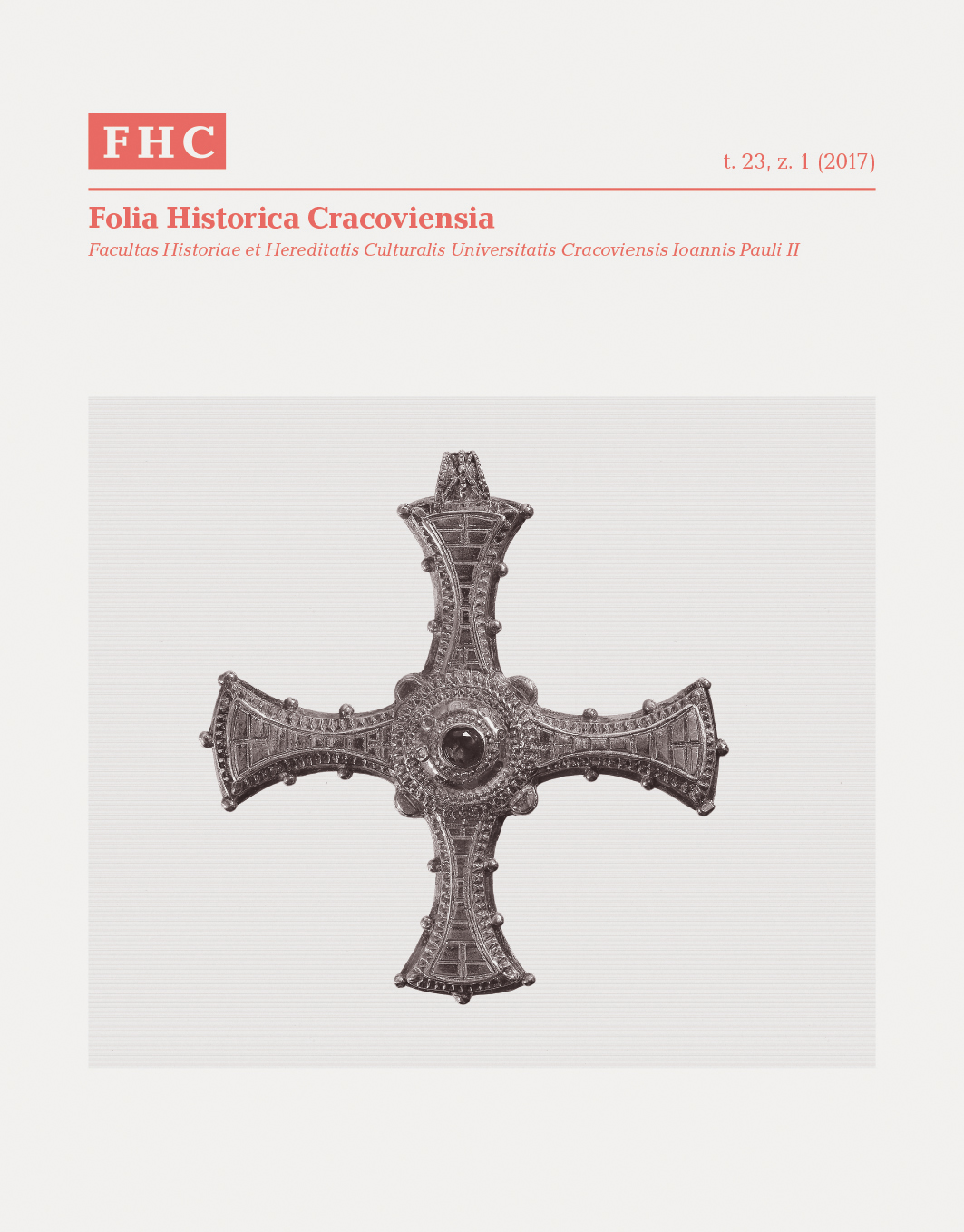The Spoken Word, the Book and the Image in the Work of Evangelization
The Spoken Word, the Book and the Image in the Work of Evangelization
Author(s): Jerzy StrzelczykSubject(s): Christian Theology and Religion
Published by: Wydawnictwo Naukowe Uniwersytetu Papieskiego Jana Pawła II w Krakowie
Keywords: Christian missions; Mission 'Infrastructure'; Paper; Images; Winfryd-Boniface; Anskar; Thietmar from Merseburg; Ermoldus Nigellus; Paweł Diakon; Beda Venerabilis; Henryk Łotysz;
Summary/Abstract: Little is known about the ‘material’ equipment of the early missionaries who set out to evangelize pagans and apostates, since the authors of the sources focused mainly on the successes (or failures) of the missions. Information concerning the ‘infrastructure’ of missions is rather occasional and of fragmentary nature. The major part in the process of evangelization must have been played by the spoken word preached indirectly or through an interpreter, at least in the areas and milieus remote from the centers of ancient civilization. It could not have been otherwise when coming into contact with communities which did not know the art of reading, still less writing. A little more attention is devoted to the other two media, that is, the written word and the images. The significance of the written word was manifold, and – at least as the basic liturgical books are concerned (the missal, the evangeliary?) – the manuscripts were indispensable elements of missionaries’ equipment. In certain circumstances the books which the missionaries had at their disposal could acquire special – even magical – significance, the most comprehensible to the Christianized people (the examples given: the evangeliary of St. Winfried-Boniface in the face of death at the hands of a pagan Frisian, the episode with a manuscript in the story of Anskar’s mission written by Rimbert). The role of the plastic art representations (images) during the missions is much less frequently mentioned in the sources. After quoting a few relevant examples (Bede the Venerable, Ermoldus Nigellus, Paul the Deacon, Thietmar of Merseburg), the author also cites an interesting, although not entirely successful, attempt to use drama to instruct the Livonians in the faith while converting them to Christianity, which was reported by Henry of Latvia.
Journal: Folia Historica Cracoviensia
- Issue Year: 23/2017
- Issue No: 1
- Page Range: 61-76
- Page Count: 16
- Language: English

